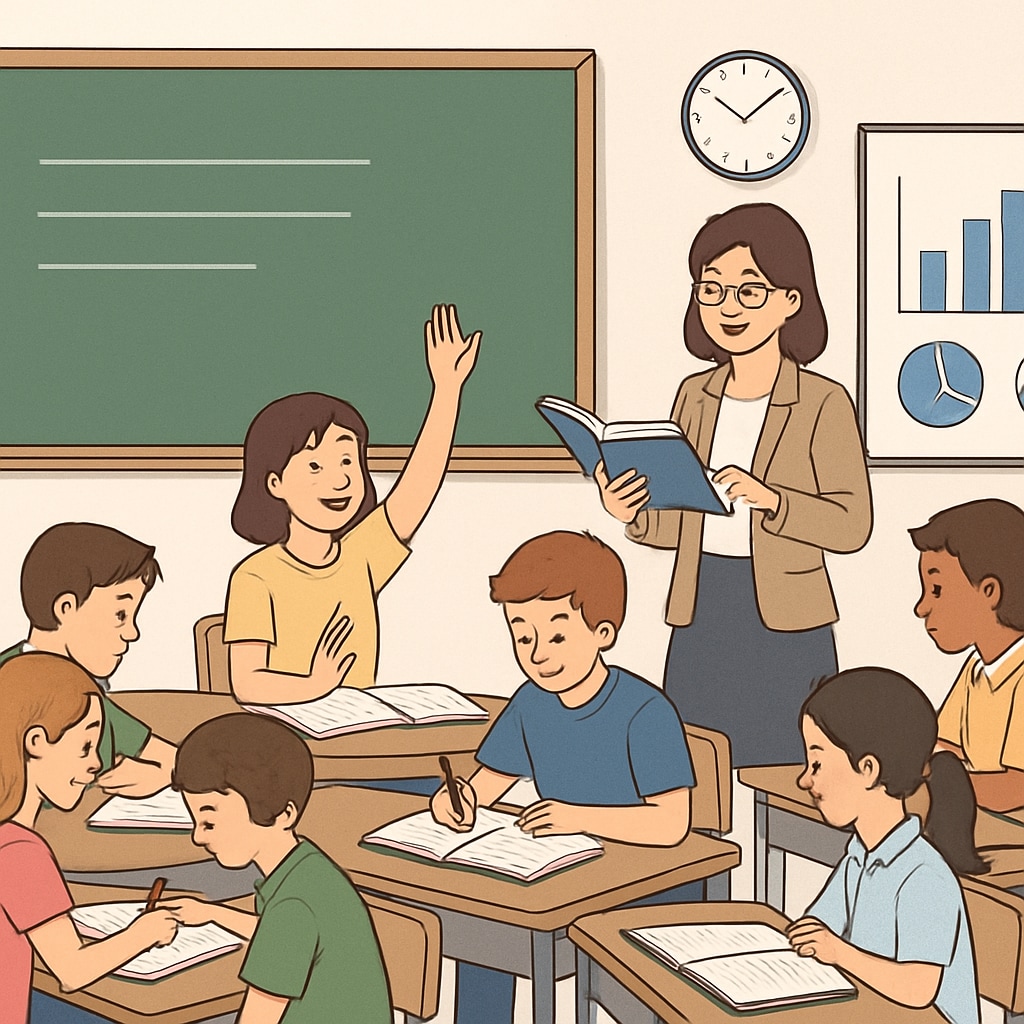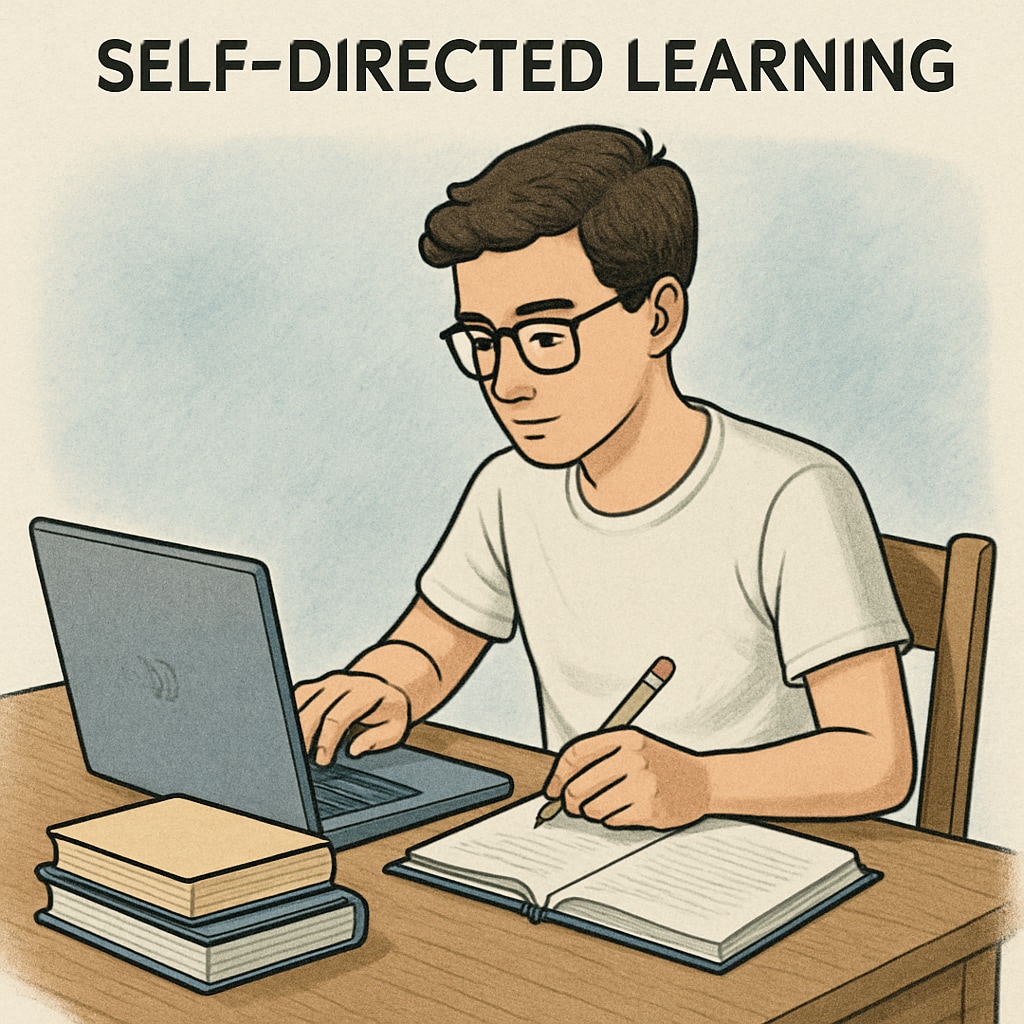In K12 education, the choice between structured learning and self-directed learning often poses a dilemma for educators and parents alike. Both learning methods have distinct advantages and drawbacks, making it essential to understand their core principles, applications, and the contexts in which they thrive. This article delves into the debate, analyzing the strengths of both approaches and providing actionable strategies to balance them effectively for diverse student needs and goals.
Understanding Structured and Self-Directed Learning
Structured learning refers to a guided approach where teachers lead the educational process, setting clear objectives, lesson plans, and assessment criteria. This method ensures uniformity in content delivery and is particularly useful for foundational subjects like mathematics and language arts. It provides students with a well-defined path and minimizes the risk of learning gaps.
On the other hand, self-directed learning empowers students to take control of their education. Learners set their own goals, choose resources, and determine the pace of their study. This autonomy fosters critical thinking, problem-solving skills, and intrinsic motivation. However, it requires a high level of self-discipline and may not suit younger students or those who struggle with organization.

Structured vs. Self-Directed Learning: Strengths and Limitations
Each learning method has its unique strengths and limitations, making them suitable for different scenarios. Below is a comparison of the two approaches:
- Structured Learning: Ensures consistency, promotes discipline, and is ideal for teaching standardized curricula. However, it can sometimes stifle creativity and limit student autonomy.
- Self-Directed Learning: Encourages independence, creativity, and adaptability. It aligns well with personalized learning but may lead to uneven outcomes if students lack guidance or motivation.
For example, structured learning is essential in early education when students are developing foundational skills. Conversely, self-directed learning is more effective in higher grades, where students are capable of managing their own academic growth.

Combining the Best of Both Worlds
Instead of viewing structured and self-directed learning as mutually exclusive, educators can integrate both to create a hybrid approach. Here are some practical strategies:
- Blended Learning: Combine teacher-led instruction with student-led projects. For instance, a science teacher might deliver a structured lecture on ecosystems, followed by a self-directed research project.
- Scaffolded Autonomy: Gradually increase student autonomy. Younger students can start with structured tasks, transitioning to self-directed learning as they develop skills like time management and critical thinking.
- Individualized Learning Plans: Assess each student’s strengths, needs, and preferences to determine the ideal balance between structure and independence.
By blending these methods, educators can create a dynamic learning environment that meets both academic and developmental needs.
Making Informed Choices in K12 Education
To determine which approach—or combination—is best for a student, educators and parents should consider the following factors:
- Student Age: Younger students benefit more from structured learning, while older students can handle increasing levels of autonomy.
- Learning Goals: Mastering foundational knowledge requires structure, while skills like creativity and innovation thrive in self-directed environments.
- Student Personality: Some students excel in guided settings, while others thrive when given freedom to explore.
Ultimately, the goal is to equip students with a balanced skill set that prepares them for both academic success and lifelong learning. To achieve this, educators must remain flexible, adapting their teaching strategies as students grow and develop.
In conclusion, navigating the choice between structured and self-directed learning requires a nuanced understanding of their respective benefits and challenges. By adopting a balanced approach, educators can create a supportive and stimulating environment that maximizes student potential.
For further reading: Consider exploring articles on Learning Theory on Wikipedia and Education Theory on Britannica.
Readability guidance: Short paragraphs and bulleted lists enhance clarity. Overuse of long sentences and passive voice is avoided, ensuring the content is engaging and easy to follow.


